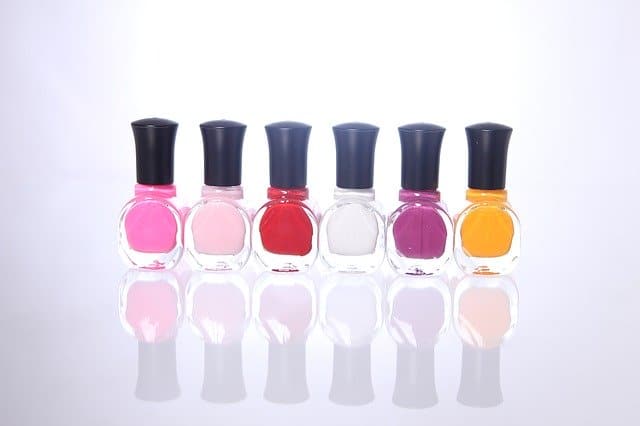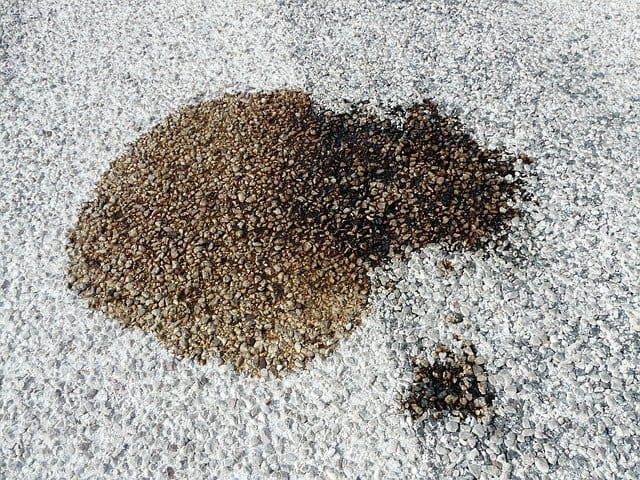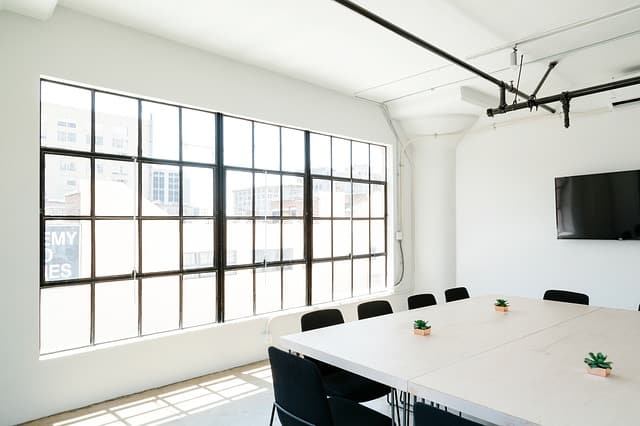Can You Paint Fiberglass Without Primer?
When starting on a fiberglass painting project, the question of whether primer is necessary often comes to mind. In this comprehensive article, we will delve into the concept of using primers for fiberglass painting and explore the unique characteristics of yacht paints.
Answer: Polyurethane and Epifanes Mono-urethane Yacht Paint can indeed be applied directly on well-degreased and sanded fiberglass surfaces without the need for a primer. Nevertheless, it is important to note that if the fiberglass displays small cracks, or irregularities, or has undergone filler application, it is highly recommended to first apply a primer coat before proceeding with the top coating.
While the specialized yacht paints mentioned earlier offer the convenience of direct application, using a primer can enhance adhesion, promote better surface preparation, and create a smoother overall finish, particularly when dealing with certain imperfections in fiberglass.
Can You Paint Fiberglass Without Primer?
Poly-urethane and Epifanes Mono-urethane Yacht Paint have been meticulously formulated to ensure excellent adhesion and compatibility with well-prepared fiberglass surfaces.
These marine paints possess unique properties that allow them to bond effectively with fiberglass, offering resistance to harsh marine environments, UV rays, and other external stressors.
The direct application method involves thoroughly degreasing and sanding the fiberglass surface to create an optimal substrate for the paint.
This process has garnered popularity due to its time-saving benefits and ability to produce satisfactory results in numerous applications.
When to Use a Primer
Although the direct application of Epifanes yacht paints on fiberglass is feasible, there are specific scenarios where employing a primer becomes essential:
- Small Cracks and Irregularities: If the fiberglass surface exhibits small cracks, unevenness, or irregularities, using a primer is strongly recommended. The primer acts as a preparatory coat that helps fill and seal these imperfections, providing a smooth and uniform foundation for the topcoat.
- Filler Application: When a filler has been used on the fiberglass surface to repair damages or imperfections, applying a primer becomes crucial. The primer facilitates better adhesion to the filler material and prevents potential compatibility issues between the filler and the topcoat.
- Enhanced Adhesion and Durability: A primer creates a robust bond between the fiberglass substrate and the topcoat, significantly reducing the risk of peeling, flaking, or delamination over time. This added adhesion ensures the longevity of the paint job, making it more resistant to environmental elements and wear factors.
- Smoothing Out Imperfections: In cases where the fiberglass surface displays significant irregularities or repairs, a primer can help create a more even and refined surface, enhancing the overall appearance and finish of the paint job.
Surface Preparation for Direct Application
For those opting for direct application without a primer, meticulous surface preparation is the key to achieving the best results:
- Degreasing: Before beginning the painting process, it is essential to thoroughly clean the fiberglass surface to remove any traces of grease, oil, wax, or other contaminants that could hinder paint adhesion.
- Sanding: Lightly sand the fiberglass surface with appropriate sandpaper to create a slightly rough texture. This prepares the surface, allowing the paint to adhere effectively and promoting a more uniform finish.
- Quality of Paints: To ensure a successful direct application, it is crucial to use high-quality yacht paints that are specifically formulated for this purpose. Epifanes Mono-urethane and Poly-urethane Yacht Paint are excellent choices, known for their compatibility with well-prepared fiberglass surfaces.
Related: Shoes for Painters
Conclusion
Poly-urethane and Epifanes Mono-urethane Yacht Paint offer the convenience of direct application on well-degreased and sanded fiberglass surfaces without the need for a separate primer.
However, in situations where the fiberglass displays minor cracks, or irregularities, or has undergone filler application, using a primer is strongly recommended.
The proper surface preparation, whether for direct application or primer use, is critical to achieving a durable, smooth, and aesthetically pleasing paint finish on fiberglass surfaces.





